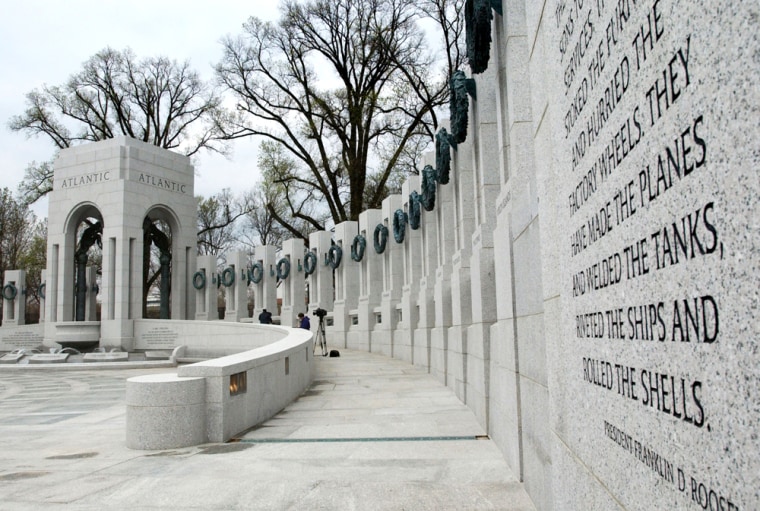Believing the United States is vulnerable to a terror attack during this year’s presidential election, party conventions and national holidays, the Bush administration is creating a task force to beef up security, Homeland Security Secretary Tom Ridge announced Monday.
Beginning with the dedication of the new World War II Memorial in Washington over the Memorial Day weekend, Ridge said high-profile public events this year may be attractive targets for al-Qaida and like-minded terrorist groups.
“With so many symbolic gatherings in the next few months, we must be aggressive. These targets of opportunity for the terrorists are opportunities that can’t be missed to tighten our security,” Ridge said, according to remarks prepared for a speech Monday before the National Association of Broadcasters.
With the new task force, Homeland Security officials will be joined by representatives from eight Cabinet-level agencies in an effort to improve coordination as the government works to secure critical infrastructure and increase the nation’s readiness.
Potential targets
In a preview Sunday, Ridge said officials don’t have specific intelligence about possible attacks. But based on analysis, the government is paying attention to potential targets.
These include next month’s war memorial dedication, the June meeting in Georgia of the Group of Eight industrialized nations, large gatherings nationwide for Fourth of July celebrations, the July Democratic convention in Boston and the August Republican convention in New York.
Jose Maria Aznar, outgoing prime minister of Spain and a strong U.S. ally in the war in Iraq, has warned President Bush that terrorists may try to affect the U.S. elections in November, as they did in Spain with the March 11 Madrid train bombings. Nearly 200 died, and Aznar’s ruling Popular Party lost to a rival calling for the pullout of Spanish troops from Iraq.
National security adviser Condoleezza Rice said Sunday the United States is bracing for possible attacks before the elections.
Ridge, however, said the elections are not the factor in forming the “working group,” which still lacks an official-sounding name. “Depending on how the terrorists interpret Spain’s response — whether it did or did not impact — is almost immaterial to this effort,” he said. “Again, we know we are the No. 1 target.”
Even though the nation spends most of its time at yellow alert — the middle of a five-point terror warning spectrum — Ridge said security is still stronger than it was a year ago and will continue to improve.
Partners outside D.C.
Extensive plans are already in the works to protect the party conventions and the G-8 meeting, which have been classified as National Security Special Events. With the designation — a concept that evolved from the 1996 Summer Olympics in Atlanta — comes heightened security coordinated by Homeland Security’s Secret Service agency.
To improve security operations for these and other high-profile events, Ridge said his department is leaning on its authority from two of Bush’s homeland-security directives to create the task force, which will also work with industry, governors and police and other first responders. The group, for instance, will coordinate with states to implement the infrastructure strategies they have submitted to his department.
“Chemical facilities have been on everybody’s mind,” Ridge said, noting that Homeland Security is already working with states and companies to protect more than 300 identified chemical sites.
“There will be a lot more activity in the months ahead,” he said.
